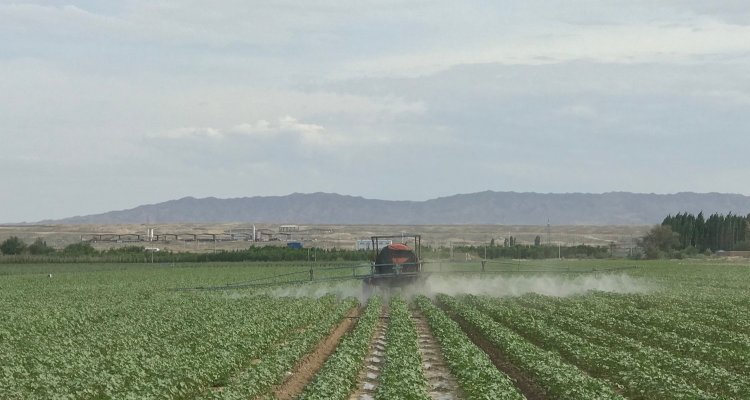
Project
Interactions between landscape, insecticides,and biocontrol in northern Xinjiang cotton
My work focuses on ecology, conservation and management of pests and natural enemies in agricultural landscapes, with special emphasis on cotton pest biocontrol.
Background
Cotton is a major crop in Xinjiang and is intensively managed. Cotton pest are controlled by frequent insecticide applications which can impair agricultural sustainability and compromise biocontrol services provided by natural enemies. There is an urgent need to develop more sustainable and ecologically-based pest management practices.
Project description
The aim of this research is to document the current pesticide management strategy used by cotton farmers in northern Xinjiang and analyze the effect of landscape factors and management practices on pests, natural enemies and the associated biological control services. This research is consists of four parts:
1) Data on farmland management will be collected by interviewing farmers to assess current pest management practices and factors that inform farmer’s decision making.
2) The population dynamics of pests and natural enemies in main crops and semi-natural habitat will be surveyed to identify source and sink habitats.
3) A landscape scale experiment will be conducted to assess how source and sink habitats influence pest and natural enemy abundance in cotton and maize fields. The diversity and abundance of pests and natural enemies will be assessed by visual observation, and the biocontrol control potential will be assessed by recording predation and parasitism rates of cotton bollworm eggs in cotton and maize crops.
4)The influence of maize crops on the abundance and diversity of pests and natural enemies and the associated biological control in cotton will be assessed in
more detail at the field and landscape scale. This study is expected to provide
new insights which can help to inform more ecologically-based pest management
in Xinjiang cotton.